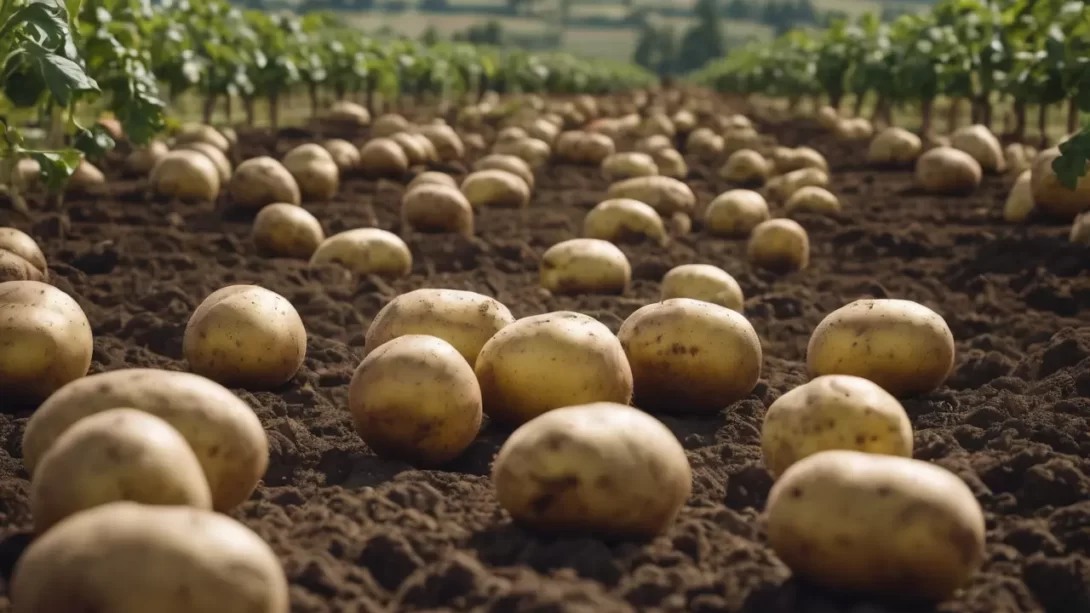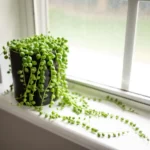In Ohio, potatoes are a popular and rewarding crop for home gardeners. To achieve a successful harvest, it’s essential to plant at the right time. This article provides guidance on the best planting schedule for potatoes in Ohio, helping gardeners maximize their yield and enjoy the fruits of their labor.
Ohio’s Climate
Ohio experiences a humid continental climate, which brings distinct seasons and varying conditions across the state. These climatic differences significantly influence the growing cycles of crops, including potatoes. The state is divided into multiple USDA hardiness zones, which gardeners should consider when planning their potato planting. Knowing your specific zone in Ohio is crucial for timing your planting to align with favorable weather conditions.
Ohio’s growing season generally allows for a wide range of vegetables to be cultivated, but the timing can vary from the southern to the northern parts of the state due to differences in temperature and frost dates.
Ideal Planting Times for Potatoes in Ohio
The optimal time for planting potatoes in Ohio is typically in early to mid-spring. The main goal is to plant the potatoes after the last frost when the soil has warmed up enough to promote growth but before the summer heat peaks. This period is usually around mid-March to early April, but it can vary depending on your location within the state.
In northern Ohio, where temperatures may stay cooler for longer, the ideal planting window is usually in early April. In southern Ohio, with its slightly warmer climate, gardeners can often start planting in late March. Starting your planting during these windows ensures that the potatoes have enough time to develop before the hot summer weather sets in.
Selecting Potato Varieties for Ohio
Choosing the right potato varieties is essential for a successful crop in Ohio’s climate. Potatoes are categorized into early, mid, and late-season varieties based on their time to maturity. Early-season varieties, such as ‘Yukon Gold’ and ‘Red Norland’, are popular choices in Ohio. These varieties typically mature in 70 to 90 days and are ideal for gardeners looking for a quick harvest.
Mid-season varieties like ‘Kennebec’ and ‘Gold Rush’ mature in 90 to 110 days and are a good option for those who want a steady yield throughout the growing season. Late-season varieties, including ‘Russet Burbank’ and ‘Canela Russet’, require a longer growing period but are excellent for storage.
When selecting potato varieties for Ohio, consider factors like disease resistance, particularly to common issues like blight and scab, and your culinary preferences, such as whether you prefer your potatoes for boiling, baking, or frying.
Preparing the Soil and Choosing a Planting Site
Potatoes thrive in well-drained, loamy soil with a slightly acidic pH, ideally between 5.0 and 6.5. Enhancing your garden bed with organic matter, such as compost or aged manure, can improve soil fertility and structure. It’s beneficial to conduct a soil test before planting to determine any specific needs for soil amendments.
Select a sunny location for your potato garden, as potatoes need plenty of direct sunlight to grow well. Avoid areas prone to waterlogging, as potatoes are susceptible to root diseases in overly moist conditions. Rotating your potato crops each year is also recommended to prevent soil-borne diseases.
Planting Process for Potatoes
Planting potatoes in Ohio starts with either seed potatoes or small whole potatoes. It’s advisable to use certified seed potatoes to minimize the risk of disease. If using larger seed potatoes, cut them into pieces, ensuring each piece has one or two eyes (buds). Allow the cut pieces to dry for a day or two before planting to reduce the risk of rotting.
Plant the potato pieces about 3 to 4 inches deep and 12 inches apart in rows. Space the rows about 2 to 3 feet apart to allow for adequate growth and hilling. After planting, cover the seed potatoes with soil and water them thoroughly.
Hilling is crucial in potato cultivation. As the plants grow, gradually mound soil around the stems, leaving only the top few inches exposed. This process, known as hilling, is vital to prevent sunlight from reaching the developing tubers, which can cause them to turn green and potentially toxic.
Care and Maintenance of Potato Plants
Effective care and maintenance are vital for a thriving potato crop in Ohio. Consistent watering is crucial, particularly during the tuber formation stage. Potatoes generally require about 1 to 2 inches of water per week, depending on rainfall. It’s important to maintain even soil moisture, but be cautious to avoid overwatering, which can lead to root diseases and rot.
Fertilization is another key aspect of potato care. A balanced fertilizer applied at planting can provide a good start, followed by a side dressing of a phosphorus and potassium-rich fertilizer as the plants begin to flower. This helps in the development of robust tubers. Avoid over-fertilizing, especially with nitrogen, as this can lead to excessive foliage growth at the expense of the tubers.
Regular weeding is necessary since potatoes compete poorly with weeds. Care should be taken not to disturb the potato plants’ shallow root systems during weeding activities.
Common pests in Ohio include the Colorado potato beetle and aphids, while diseases like early blight and scab can also affect the crop. Regular inspection of your plants and timely intervention with appropriate organic or chemical treatments can help manage these issues. Crop rotation and proper garden hygiene are also crucial in preventing many pest and disease problems.
Harvesting and Storing Potatoes
Potatoes in Ohio are typically ready for harvest in late summer or early fall, once the foliage begins to yellow and die back. For new potatoes, which are smaller and more tender, you can start harvesting a few weeks after the plants have finished flowering.
To harvest, gently dig around the plants with a spade or fork, being careful not to damage the tubers. Allow the potatoes to dry for a few hours in a cool, dry place to remove excess soil.
For long-term storage, cure the potatoes in a dark, well-ventilated area for about two weeks to toughen their skins. After curing, store the potatoes in a cool, dark place, such as a cellar or pantry. Properly cured and stored potatoes can last for several months.
Conclusion
Growing potatoes in Ohio can be a rewarding endeavor for gardeners of all skill levels. By understanding the appropriate planting times, selecting suitable varieties, and providing proper care throughout the growing season, you can enjoy a successful harvest of this versatile and beloved vegetable. Whether for immediate culinary use or for storage, potatoes offer a satisfying addition to any Ohio garden.



